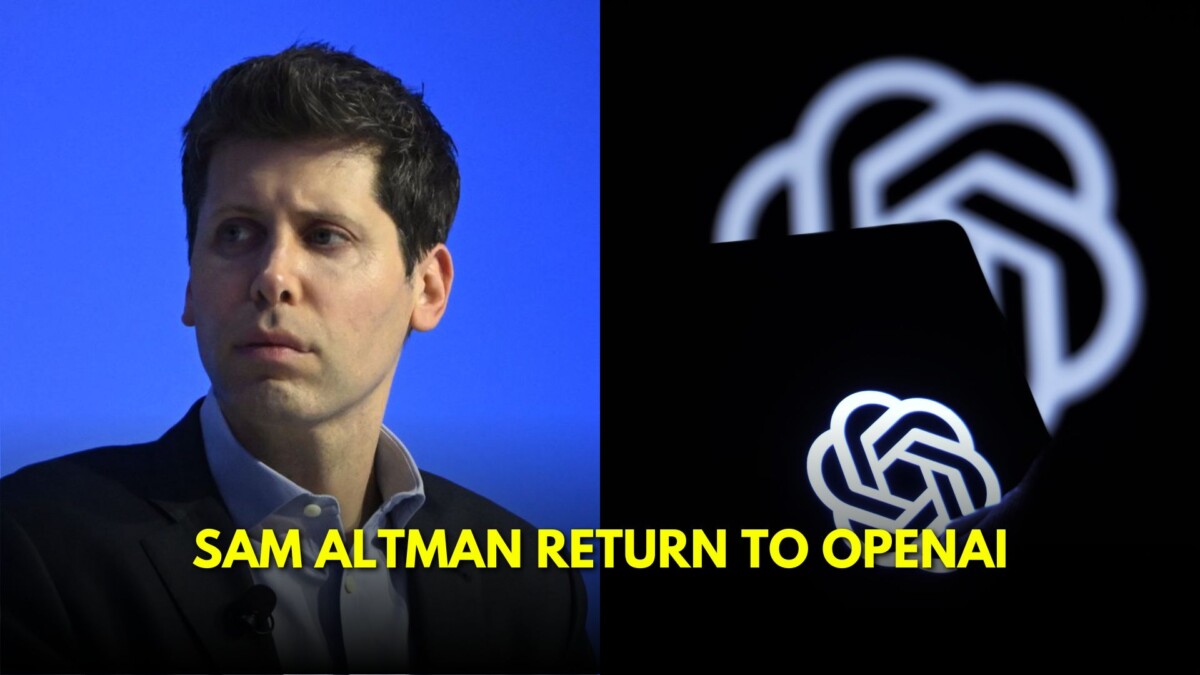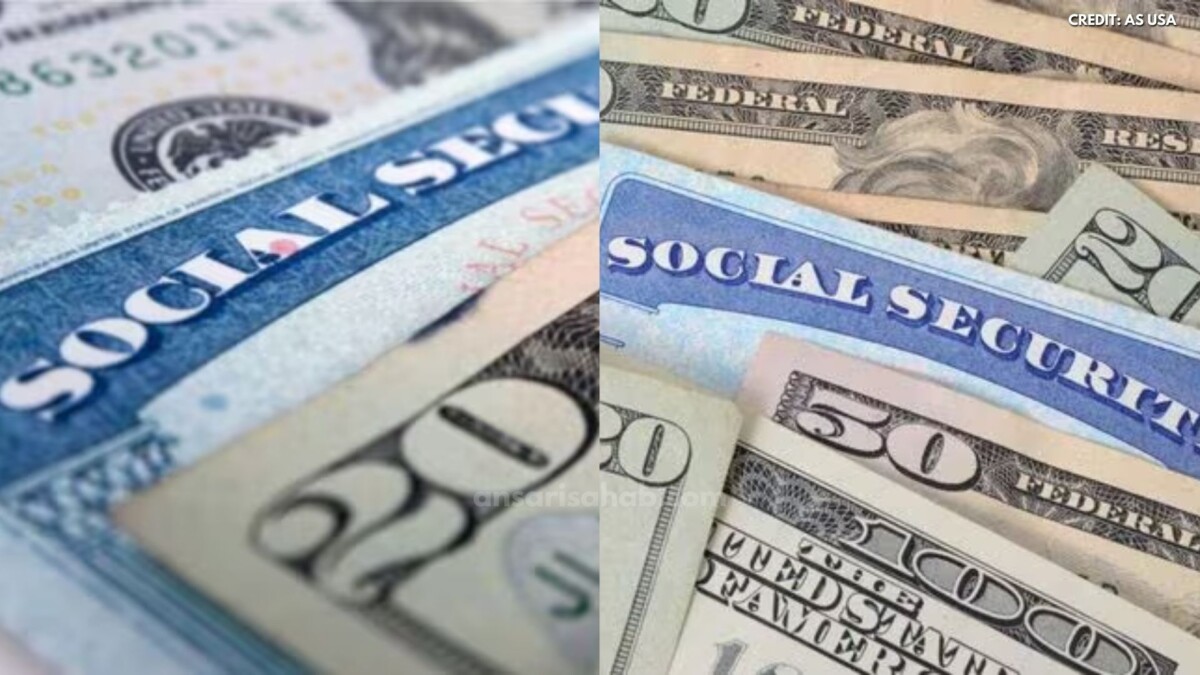India and China Reaffirm Partnership in Tianjin
TIANJIN, August 31, 2025 — Indian Prime Minister Narendra Modi and Chinese President Xi Jinping held a pivotal bilateral meeting on the sidelines of the Shanghai Cooperation Organisation (SCO) Summit in Tianjin today. This rare face-to-face engagement comes amid escalating tensions as the United States has imposed 50% tariffs on Indian goods, targeting New Delhi’s purchase of Russian oil. The two leaders affirmed that India and China are development partners, not rivals, signaling a recalibration of regional alignments.
Context: Rising U.S. Protectionism and Shifting Alliances
The meeting occurs against a backdrop of heightened global trade frictions. The U.S. tariffs, viewed by India as punitive and disruptive, have sparked concerns about the future of its export-driven sectors. Analysts see India’s engagement with China—its long-standing rival—as a strategic move to diversify economic partnerships.
What Was Discussed in Tianjin
Foreign Secretary Vikram Misri outlined key areas of cooperation post-meeting:
- Enhanced Strategic Communication: Both leaders agreed to deepen mutual trust and expand economic and technological cooperation.
- Border Peace and Development Focus: With recent detente on the Himalayan frontier, Modi emphasized peace as essential for bilateral progress. Xi stated that border issues should not define the relationship.
- Economic Stability and Trade Balance: They discussed reducing India’s trade deficit with China and enhancing global trade stability amid economic pressures.
- Multilateral Alignment: Both voiced concerns over the functioning of global institutions like WTO and UN, advocating for reforms and a multipolar order.
Notably, Xi spoke of the “dragon and elephant dancing together,” capturing a more harmonious narrative between the two nations.
Implications for Geopolitics and Trade
The summit reflects a possible geopolitical tilt in response to growing trade isolation. With U.S.–India relations under strain, the SCO platform is becoming a venue for Global South coordination.
Experts caution that this rapprochement does not eliminate longstanding mistrust, particularly on the border issue, but signals pragmatic diplomacy.
For Indian business stakeholders, enhanced China engagement could open alternative markets and investments, helping offset U.S. trade barriers.
FAQs
They met on August 31, 2025, in Tianjin during the SCO summit to reaffirm India–China partnership, address border peace, and navigate trade tensions following U.S. tariffs.
President Trump’s administration imposed a 50% tariff on Indian exports, significantly impacting sectors like textiles and jewelry and prompting India to seek new economic partners.
Both leaders reaffirmed border peace and agreed that boundary issues should not define bilateral ties, although long-term resolution remains pending.
Sources:
Economic Times
AP News
Reuters









